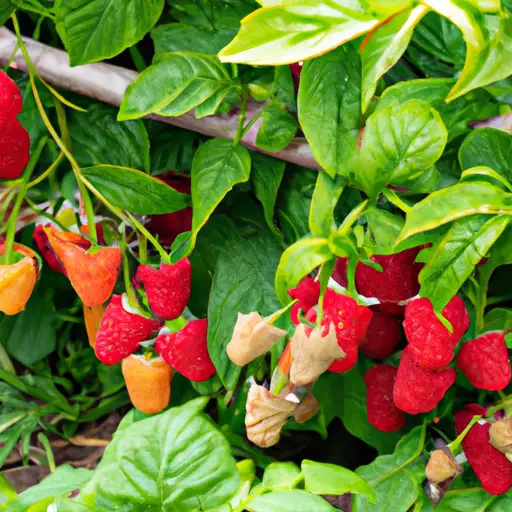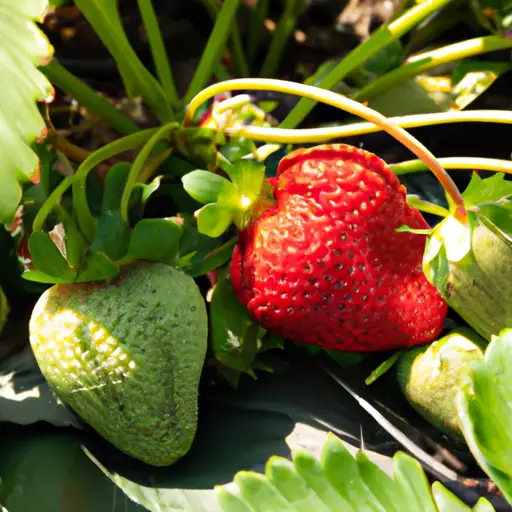Maximizing Harvest: Techniques for Growing Abundant Fruits and Vegetables
Introduction:
Growing your own fruits and vegetables can be a rewarding and fulfilling experience. However, it can also be challenging to ensure a bountiful harvest. Maximizing your yield requires careful planning, proper techniques, and consistent maintenance. In this article, we will explore several strategies and practices that can help you grow abundant fruits and vegetables in your garden.
1. Site Selection:
Choosing the right location for your garden is crucial for maximizing the harvest. Select an area that receives full sun for at least six hours a day, as most fruits and vegetables thrive in sunlight. Additionally, ensure that the soil is well-drained and fertile. Conduct a soil test to determine its nutrient levels, pH, and composition. This will help you make any necessary amendments before planting.
2. Crop Rotation:
Crop rotation is essential to maintain a healthy garden ecosystem and prevent diseases from building up in the soil. Rotate crops annually by planting different plant families in different areas each year. This practice helps break pest cycles, preserves soil fertility, and minimizes the risk of diseases spreading.
3. Proper Plant Spacing:
Giving plants enough space ensures adequate air circulation and helps prevent overcrowding, which can lead to poor growth or disease development. Follow recommended spacing guidelines provided on seed packets or plant labels to allow each plant to receive enough nutrients, sunlight, water, and room to grow.
4. Soil Preparation:
Preparing the soil before planting sets the stage for abundant growth. Begin by removing weeds and debris from the garden area. Use organic matter such as compost or well-rotted manure to improve soil structure and nutrient content. Incorporate these amendments into the top few inches of soil using a garden fork or tiller.
5. Watering Techniques:
Proper watering is crucial for healthy plant growth but can be tricky to master. Water plants deeply rather than shallowly to encourage deep root development. Avoid overhead watering methods that wet foliage, as this can promote the spread of diseases. Instead, use drip irrigation or soaker hoses to deliver water directly to the roots.

6. Mulching:
Applying a layer of mulch around plants helps conserve moisture, suppress weeds, regulate soil temperature, and add organic matter to the soil as it decomposes. Organic mulches such as straw, wood chips, or leaves are beneficial for improving soil fertility over time. Apply a 2-3 inch layer of mulch around plants while avoiding direct contact with stems or trunks.
7. Fertilizing Techniques:
To ensure abundant fruit and vegetable production, it is essential to provide plants with proper nutrition. Use organic fertilizers or compost to provide a slow-release source of nutrients that will gradually feed your plants throughout the growing season. Avoid over-fertilization, as this can lead to excessive leaf growth at the expense of fruit production.
8. Pruning and Training:
Pruning and training techniques help improve plant shape, control size, and maximize sunlight exposure for better fruiting. Remove any damaged or diseased branches regularly to promote overall plant health. Additionally, train vining crops such as tomatoes or cucumbers on trellises or stakes to improve air circulation and optimize space usage.
9. Pest Management:
Dealing with pests is an inevitable part of gardening but must be managed effectively to ensure optimal harvests. Implement integrated pest management (IPM) practices that include regular monitoring, proper identification of pests, and using a combination of physical barriers, biological controls (like beneficial insects), and organic pesticides when necessary.
10. Harvest Timing:
Knowing when to harvest your crops plays a significant role in maximizing flavor and yield. Different fruits and vegetables have specific indicators for ripeness, such as color changes or firmness tests. Harvesting at the optimal stage ensures peak flavor and encourages continued production.
Conclusion:
Growing abundant fruits and vegetables requires a combination of good planning, proper techniques, and consistent care. By selecting the right location, practicing crop rotation, providing adequate spacing, preparing the soil, watering correctly, mulching, and fertilizing appropriately, you lay the foundation for a thriving garden. Additionally, incorporating pruning and training practices, effective pest management strategies, and harvesting at the optimal time will help you reap bountiful rewards from your garden for years to come. So go ahead and put these techniques into practice to maximize your harvest of delicious fruits and vegetables!













